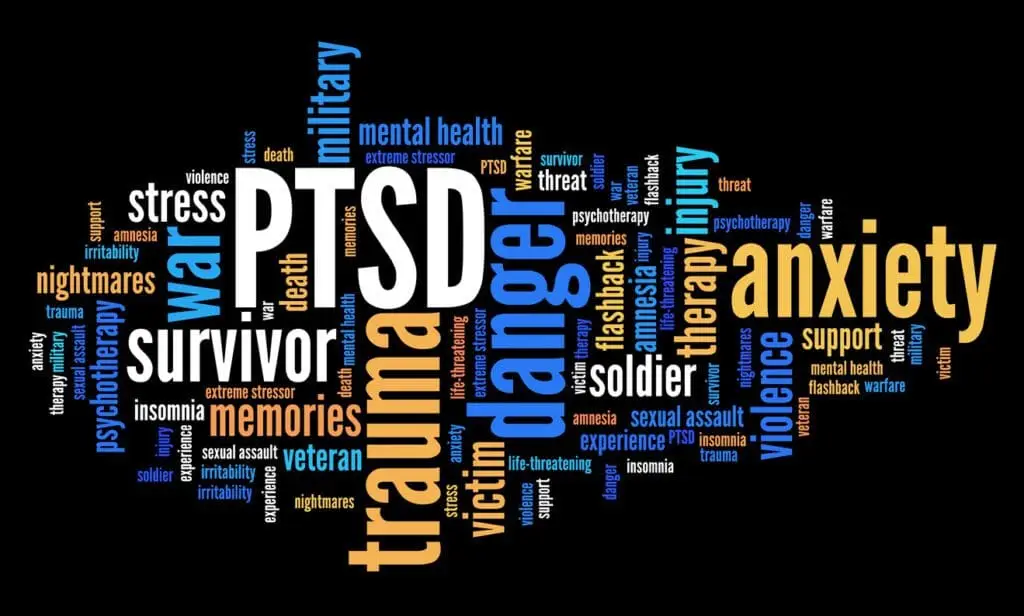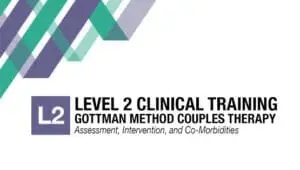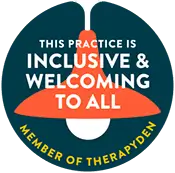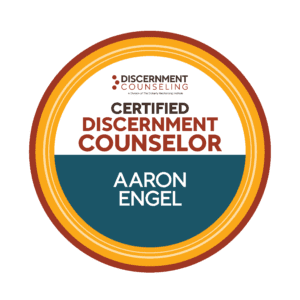Trauma vs. PTSD: What You Need to Know
Trauma and PTSD (Post-Traumatic Stress Disorder) are often used interchangeably, but they are not the same thing. Trauma is a broad term that refers to any distressing or disturbing event, while PTSD is a specific mental health condition that can develop after experiencing or witnessing a traumatic event. Understanding the differences between the two can help individuals seek appropriate help and support.
Understanding Trauma and PTSD.
Trauma is a response to a distressing or disturbing event that overwhelms an individual’s ability to cope. This can include experiences such as natural disasters, accidents, violence, or abuse. PTSD, on the other hand, is a specific mental health condition that can develop after experiencing or witnessing a traumatic event. Symptoms of PTSD can include flashbacks, nightmares, avoidance behaviors, and hyperarousal. It’s important to seek help from a mental health professional if you are struggling with trauma or PTSD.
Symptoms of Trauma and PTSD.
While trauma and PTSD are not the same thing, they can both have similar symptoms. These can include intrusive thoughts or memories, avoidance of triggers, feelings of detachment or numbness, and hyperarousal. However, PTSD symptoms are typically more severe and persistent, lasting for at least a month and often longer. It’s important to seek help from a mental health professional if you are experiencing any of these symptoms, as they can impact your daily life and overall well-being.
Seeking Professional Help.
If you are struggling with trauma or PTSD, it’s important to seek help from a mental health professional. They can provide you with a diagnosis, as well as a treatment plan that is tailored to your specific needs. This may include therapy, medication, or a combination of both. It’s important to remember that seeking help is a sign of strength, and that there is no shame in asking for support when you need it. With the right treatment, it is possible to manage your symptoms and improve your overall quality of life.
Treatment Options for Trauma and PTSD.
Treatment options for trauma and PTSD can vary depending on the severity of symptoms and individual needs. Some common treatments include cognitive-behavioral therapy, eye movement desensitization and reprocessing (EMDR), medication, and group therapy. It’s important to work with a mental health professional to determine the best course of treatment for you. Remember, seeking help is a brave and important step towards healing and recovery.
Coping Strategies for Trauma and PTSD.
Coping with trauma and PTSD can be challenging, but there are strategies that can help. Some effective coping strategies include practicing relaxation techniques such as deep breathing or meditation, engaging in physical activity, talking to a trusted friend or therapist, and participating in support groups. It’s important to find what works best for you and to prioritize self-care as you navigate the healing process. Remember, healing is a journey and it’s okay to take it one step at a time.







